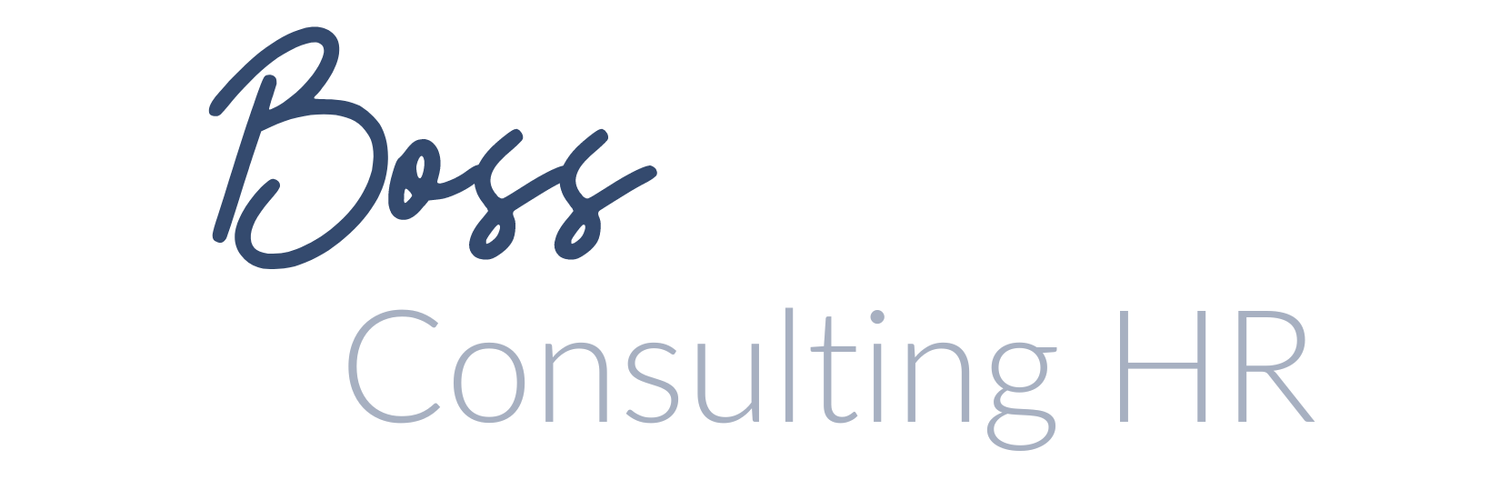It’s Compliance Season - 1095s and OSHA 300 Edition
The HR compliance calendar can be lengthy but it always feels like January has a number of compliance deadlines that employers really need to be aware of. When we start to talk about HR compliance and the multitude of forms that need to be filed or things that need to be posted, it can get really confusing. EEOC huh? Wage and hour what? We totally get it so today we are breaking down two important posting/notifications that hit most employers early in the year.
1095s
I think it’s safe to say that 1095s are the bain of a lot of employers' existence. The 1095C is the result of the Affordable Care Act and is the method that employers report:
If they offered insurance/If the employee was eligible for insurance
If the insurance was affordable
If they employee enrolled in insurance
If you are considered a Applicable Large Employer (ALE), which means you have at least 50 or more full time equivalents, you are required to complete these and provide them to your employees. Your employee then brings this form to their tax accountant as proof that they had coverage and it was considered “affordable.”
Typically the deadline to provide these forms to your employees is the end of January however year over year the IRS has extended the deadline. The deadline to provide your 2019 1095Cs to employees is March 2, 2020. The deadline to file with the IRS is February 28th if filing by paper and March 31st if filing electronically.
Employers should also be aware they need to file a 1094C with the IRS.
If you’re feeling overwhelmed regarding getting these forms completed, check with your payroll provider. Some payroll companies will be able to mass produce these forms at little or no charge
OSHA 300
Most employers are required to summarize and post details regarding the previous years workplace injuries on the form OSHA 300 and OSHA 300A. There are some employers that are exempt from completing the form which can be found here.
The OSHA 300 is a log of workplace injuries that occured in the previous year that falls into one of the following categories:
Death.
Loss of consciousness.
Days away from work.
Restricted work activity or job transfer.
Medical treatment beyond first aid.
Any work-related case involving cancer, chronic irreversible disease, a fractured or cracked bone, or a punctured eardrum.
Employers should store the OSHA 300 in a confidential location for at least 5 years.
The other form an employer must complete is the OSHA 300A which is a public notice to employees regarding the nature and gravity of workers compensation claims in the previous year. This form should be posted by February 1st and must be displayed until April 30th. It should be posted in an area that is regularly visible to staff.
We know, it’s a lot to keep track of. The OSHA 300/300A and the 1095s can seem tedious but they do have a place and a purpose. The fines for not filing them appropriately can be hefty so it’s best to ensure you get them taken care of.

